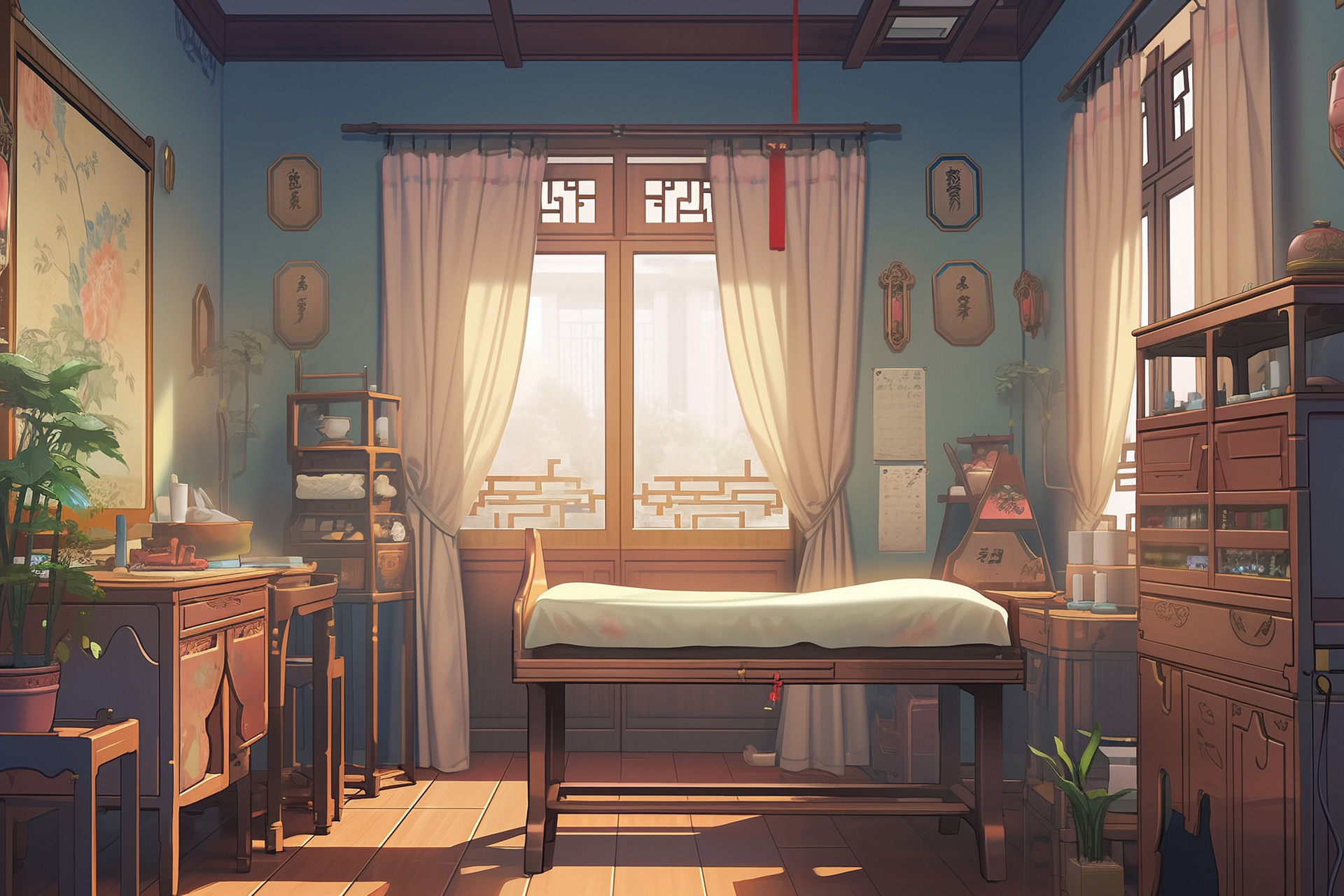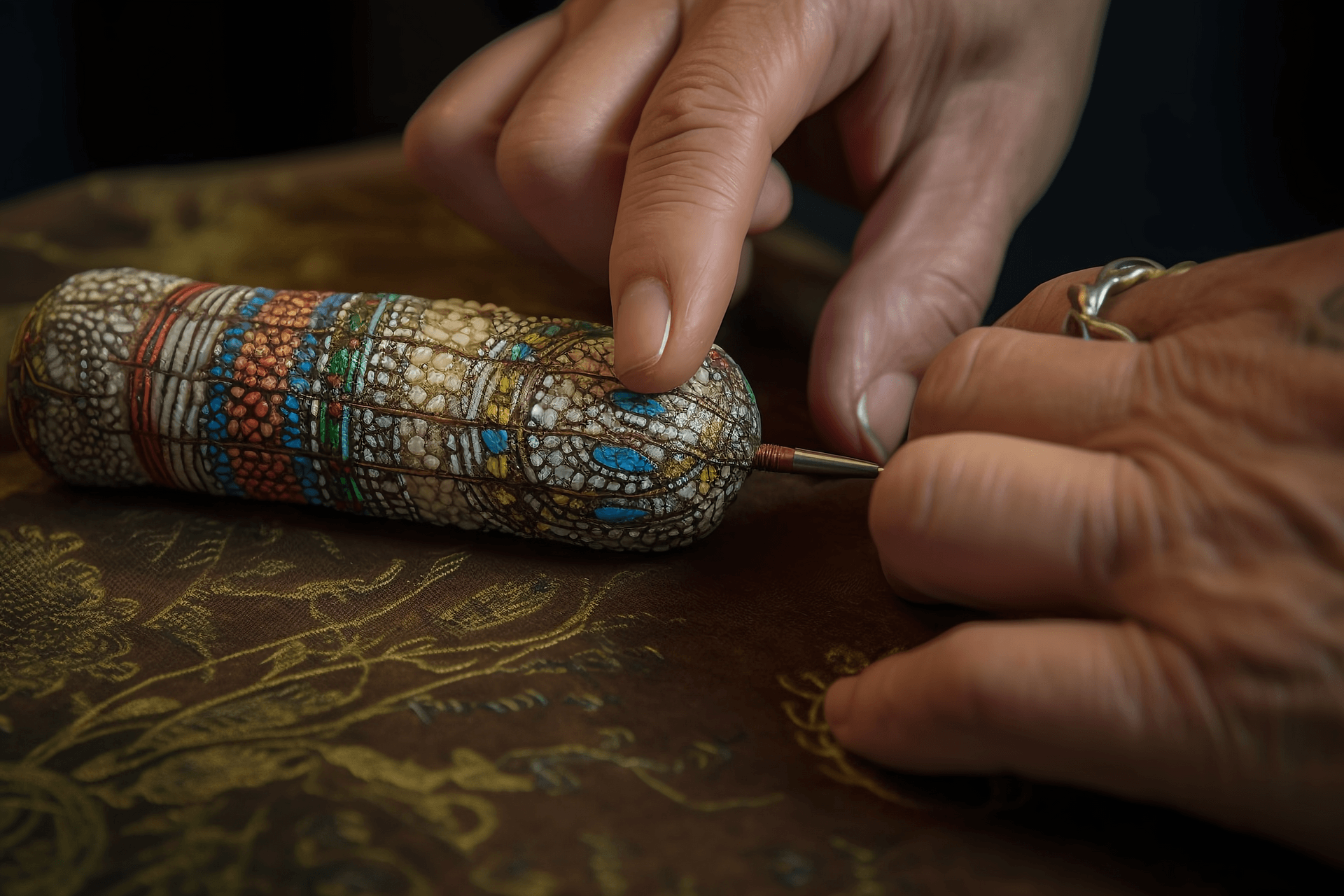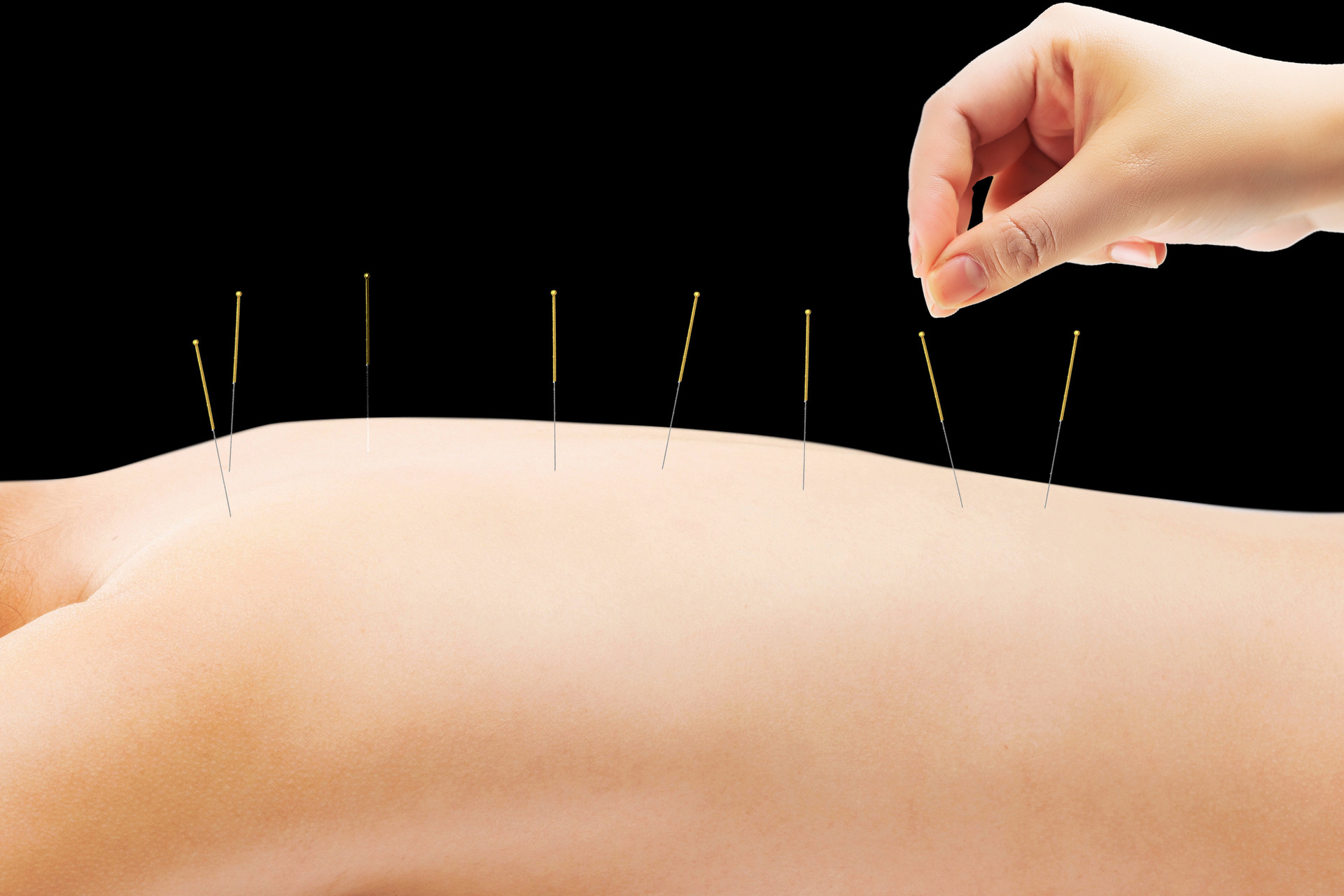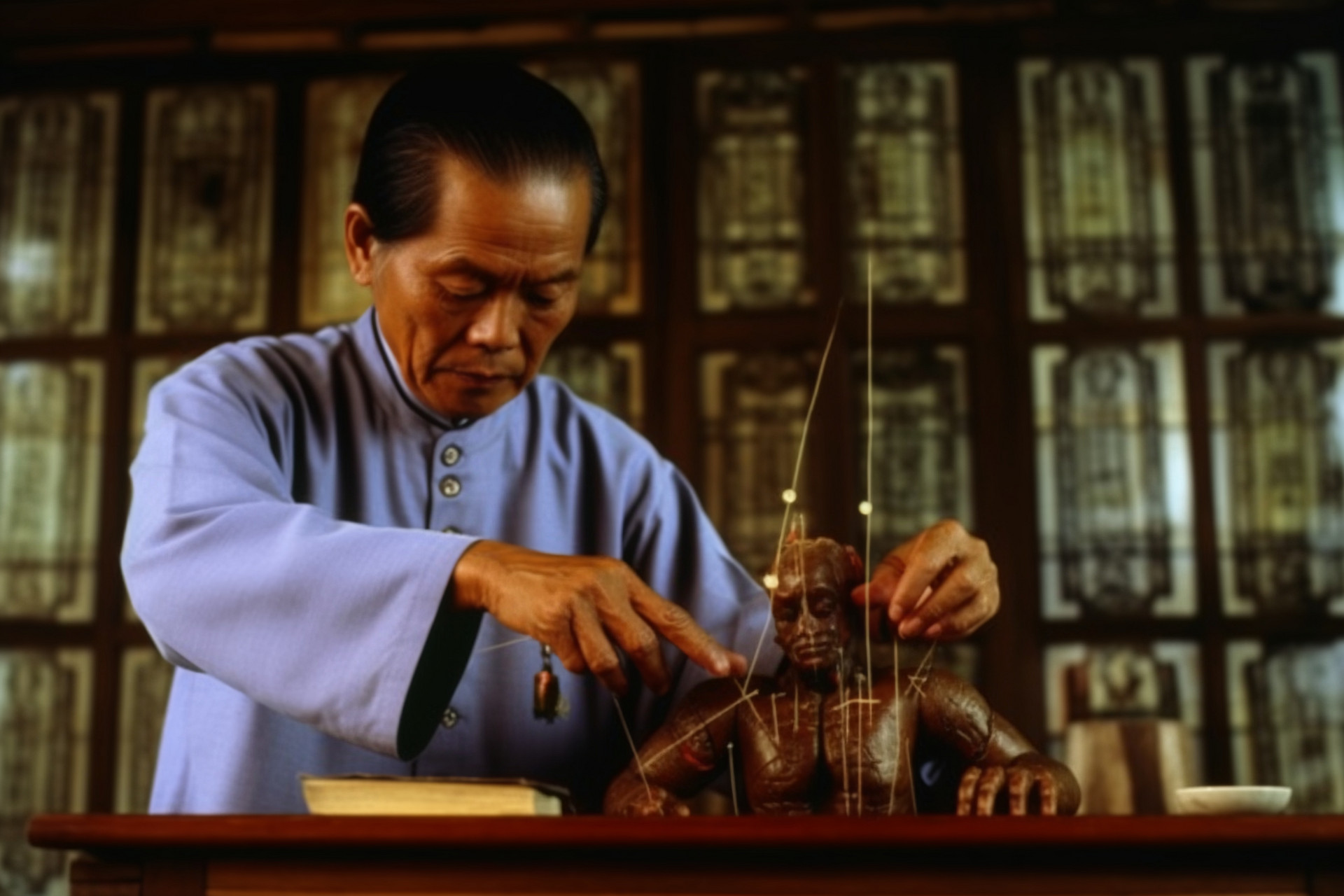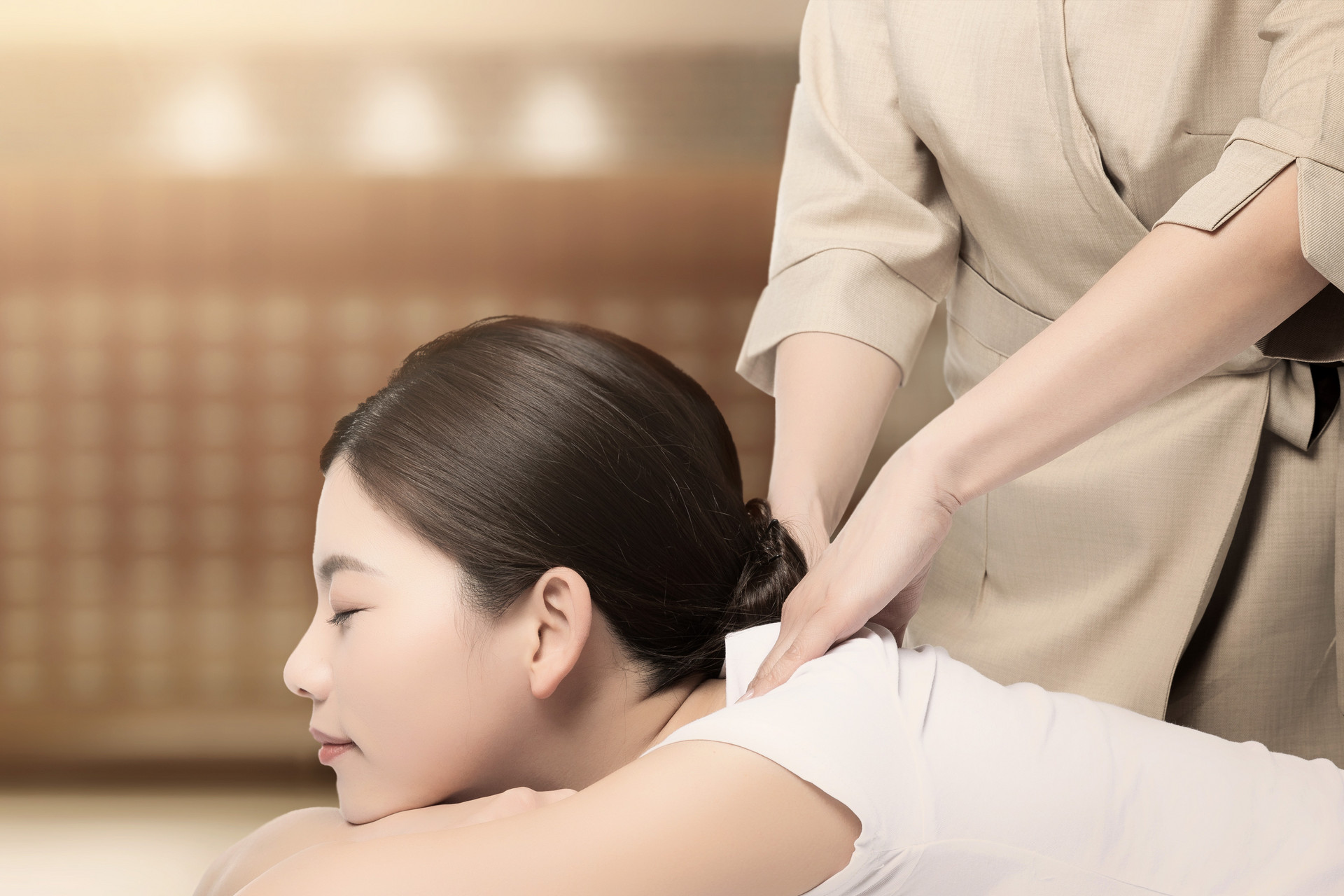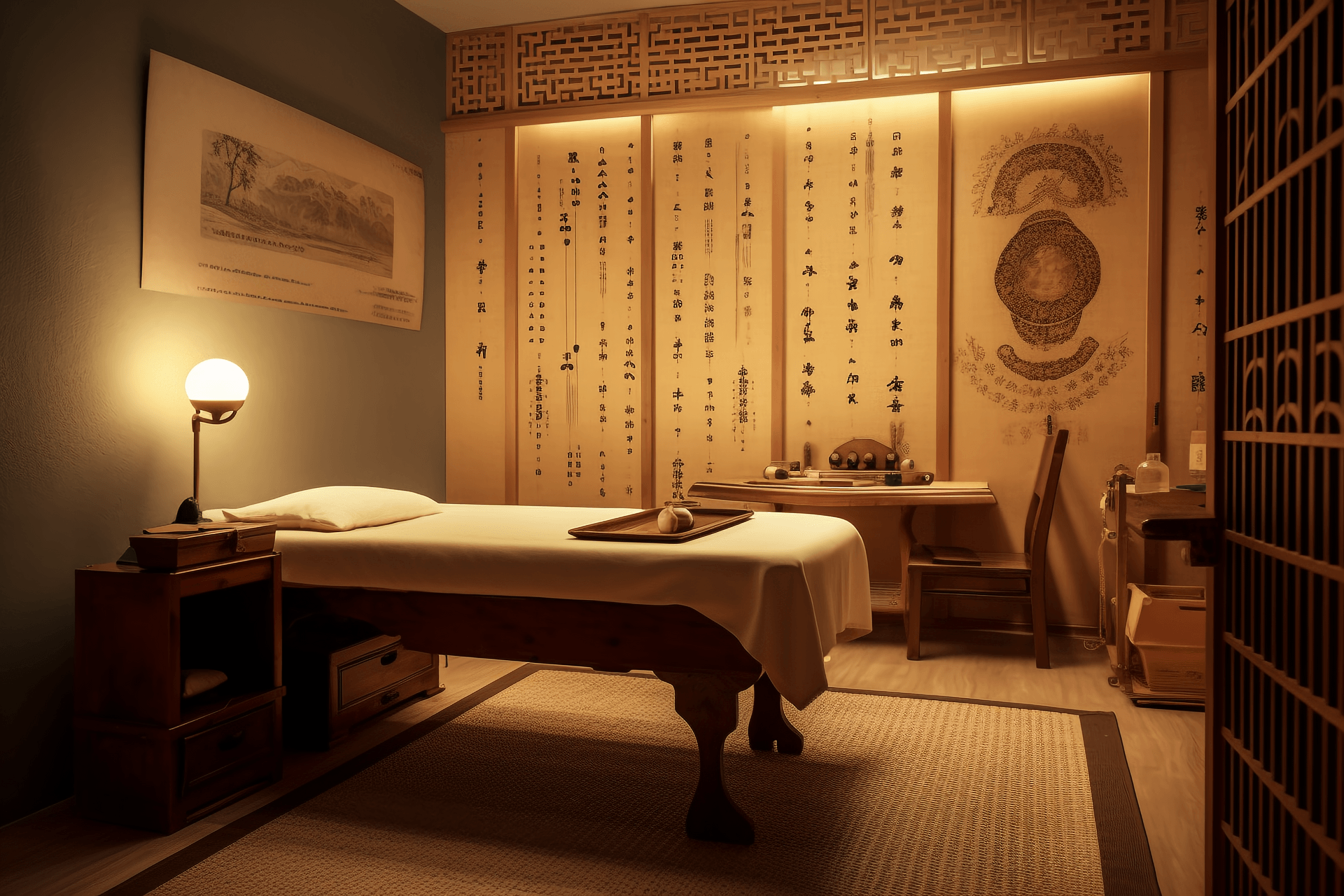Using a sharp needle to gently stimulate the surface of the skin, or around the joints, on either side of the spine, is called point stimulation therapy. Because this method is quick and precise, it can be completed in 3-5 minutes, hence it is also called "quick superficial needling".
In the "Huangdi Neijing", "pi ci" and "mao ci" are the earliest recorded methods of shallow stimulation of the human body. There are various types of shallow needling methods passed down in folk medicine, which can be broadly divided into two categories. One is single needle shallow needling, and the other is multiple needle shallow needling. Single needle shallow needling uses a single needle for shallow stimulation. Although it is a single needle, it comes in various forms such as cone-shaped, cane-shaped, dragon-head shaped, triangular needle, quadrilateral needle, etc. Multiple needle shallow needling involves using multiple needles tied together for treatment, such as seven-star needle and plum blossom needle. Because of the multiple needles, it is also called "cluster needling". The point stimulation therapy described in this article is developed from single needle shallow needling.
[Operating method]
1. Needle selection
It is best to choose a small quadrilateral needle or a small triangular needle. The needle is 2.5 cm long and 0.12 cm thick. The needle handle should not be wrapped with anything. This can prevent the attachment of dirt and make disinfection easier. The needle tip should not be too sharp.
2. Technique
Technique is particularly important in point stimulation therapy, and it is more demanding than body needling.
1. Technique practice: The practitioner should repeatedly practice by holding the needle body tightly with the index finger, middle finger, and thumb and practicing on a pad of paper. Only after mastering the technique can the practitioner treat patients. When treating patients, concentration is required, and the fingers must be nimble and quick. The needle should be quickly inserted and withdrawn from the skin, following the designated points for needling. If it is close to a large blood vessel, the left hand can pinch the skin, and then the right hand index finger and thumb can hold the needle and quickly insert it at a slight angle. This method is also called "pinch insertion technique".
2. Technical requirements: The only requirement for point stimulation is to accurately and quickly insert the needle, with even spacing and appropriate depth. This way, the patient will not feel pain. Due to differences in labor, occupation, age, gender, etc., the thickness of the skin varies from person to person. Different temperatures in winter and summer also affect the tension of the skin. Therefore, the depth of insertion should be flexibly adjusted. Generally, a depth of 0.05 cm or 0.1 cm is suitable.
3. Intensity of point stimulation: Point stimulation can generally be classified into weak stimulation and strong stimulation. Weak stimulation is the mildest form of point stimulation, and there should be no bleeding from the skin after needling. It can promote the function of the body for individuals with weakened physiological functions, which is called "excitation effect". It is suitable for chronic diseases and elderly patients with weakened constitution. Strong stimulation is a stronger form of point stimulation, and it may cause slight bleeding from the skin. Due to continuous stimulation, it can relieve excessive function, achieving the so-called "inhibition effect". It is suitable for acute diseases or local lesions.
4. Spacing of point stimulation: Point stimulation is generally done in lines, circles, and dots. For example, for the treatment of the foot Taiyang bladder meridian, the sequence starts from the Dazhui point located 1.5 inches below the spinous process of the first thoracic vertebra, and continues downwards to the Lung Yu, Heart Yu, Diaphragm Yu, and so on. For joint diseases and skin diseases, basic evenly spaced point stimulation is performed around the joints. For example, when treating shoulder stiffness with Dazhui point, the area around the Dazhui point within 0.5 cm is commonly used for point stimulation. For diseases of the limbs, mainly acupuncture points on the fingertips (toes) are stimulated, such as Shaoshang, Shangyang, Zhongchong, Guanchong, Shaole, and Shaochong. If repeated point stimulation is needed on the same line, there should be a few minutes interval, and attention should be paid to whether there is bleeding or disinfection at the point of stimulation.
[Main indications]
Point stimulation therapy has the functions of promoting blood circulation, reducing swelling, opening up orifices, clearing heat, and activating meridians. Therefore, it is mainly used for acute diseases with excess heat patterns. However, light needle dispersing stimulation can also unblock meridians and harmonize qi and blood, and through local influence, it can achieve the effect of supporting the healthy and expelling the pathogenic. Therefore, it can also be used for some chronic diseases.
1. Fever: Needle Dazhui and its surrounding area, Fengchi and the vertical line connecting the Lung Yu points, and perform bloodletting at Shaoshang.
2. Sore throat, mastitis: Point stimulation at Chengjiang and Shaoshang.
3. Toothache: Point stimulation at Jiache and Shangyang.
4. Bi syndrome: Point stimulation at the affected joints or muscles, and take Baiying point at the distal end along the meridian.
5. Rib pain: Point stimulation at the intercostal and back Yu points for pain relief.
6. Abdominal pain, stomachache, diarrhea, dysentery: Point stimulation along the line connecting Juque, Zhongwan, Shenzhu, and Guanyuan; along the line connecting Youmen, Gaohuangyu, and Dahe; along the line connecting Burong, Huaroumen, and Guilai; and at the Jiaji point.
7. Sequelae of pediatric paralysis, hemiplegia, muscle atrophy: Point stimulation of the hand's three yin and three yang meridian points for upper limbs; point stimulation of the foot's three yin and three yang meridian points for lower limbs.
8. Abscess, tumor: Point stimulation around the lesion.
9. Lymphangitis: Interrupted point stimulation along the meridians of the red lines.
10.
| 1 2 > >> >>|




